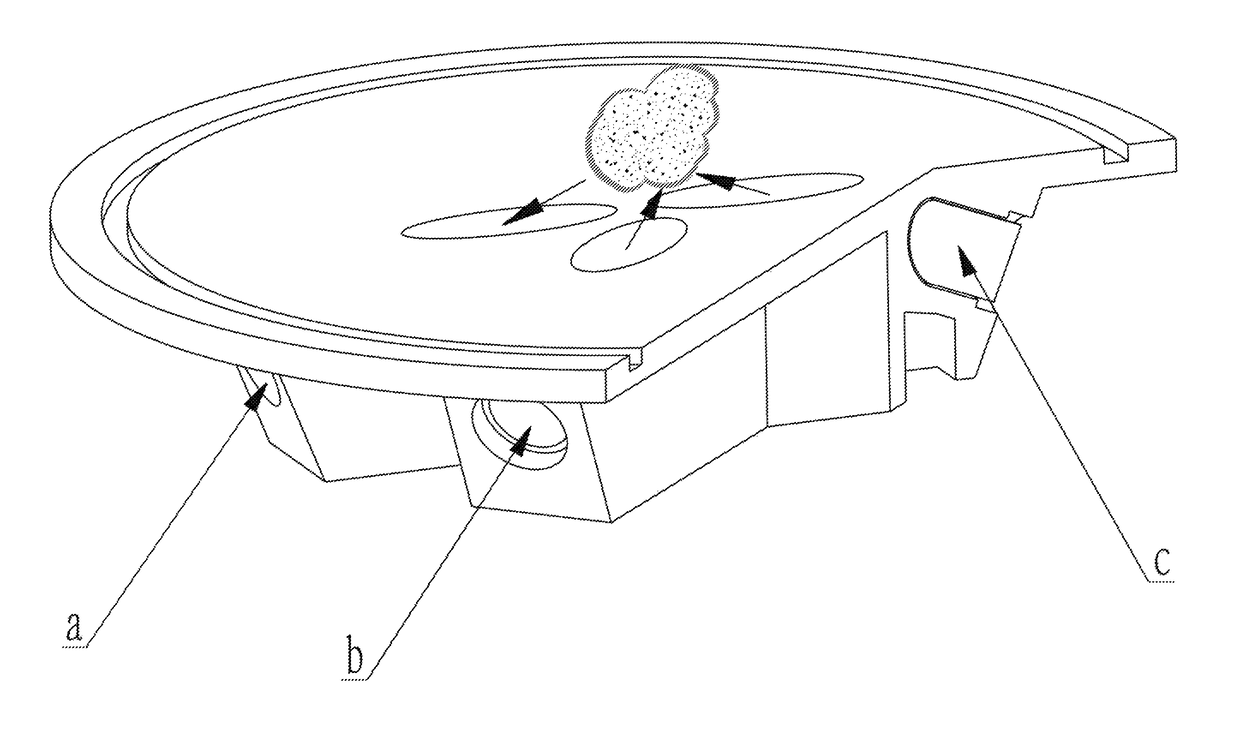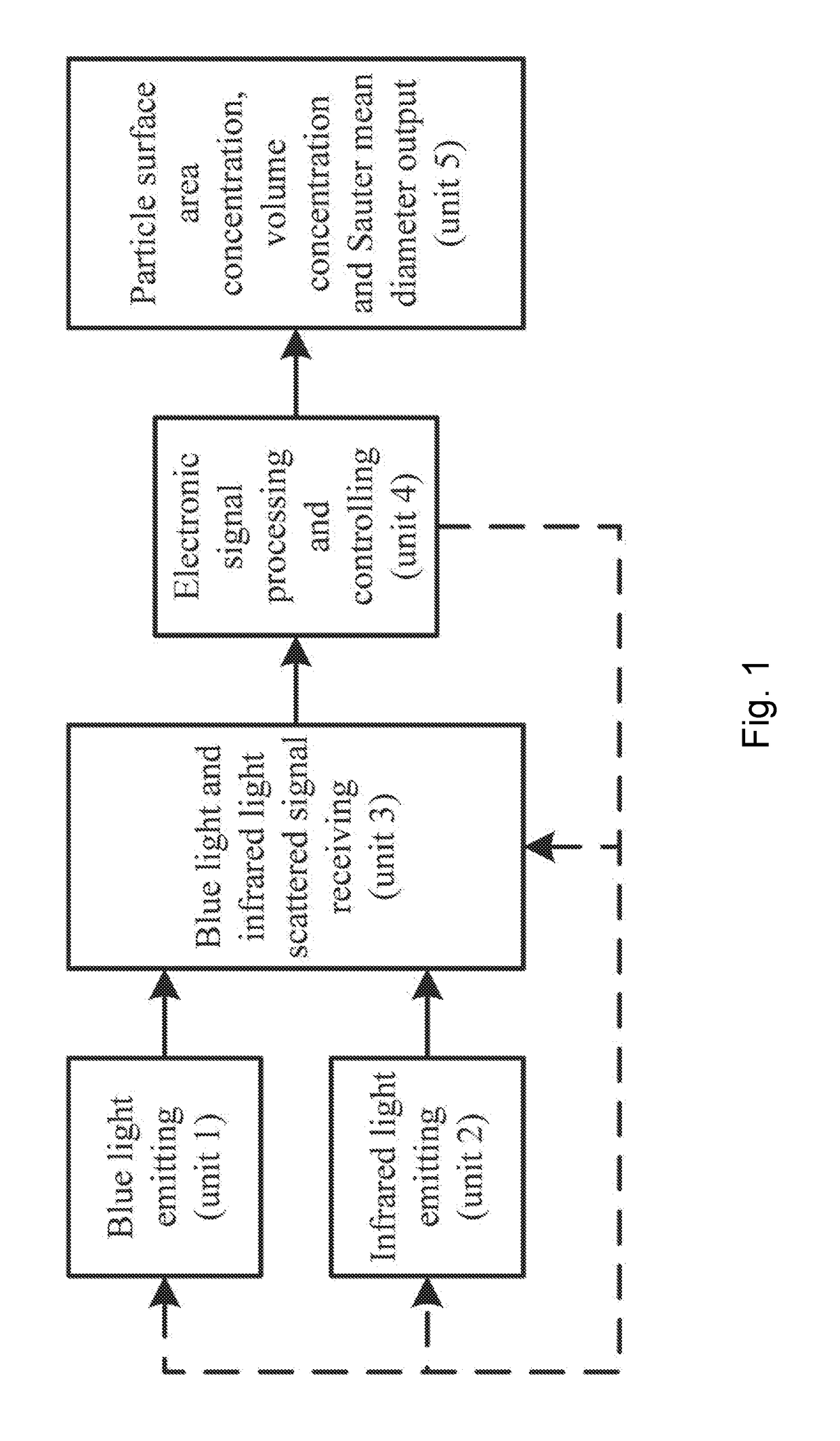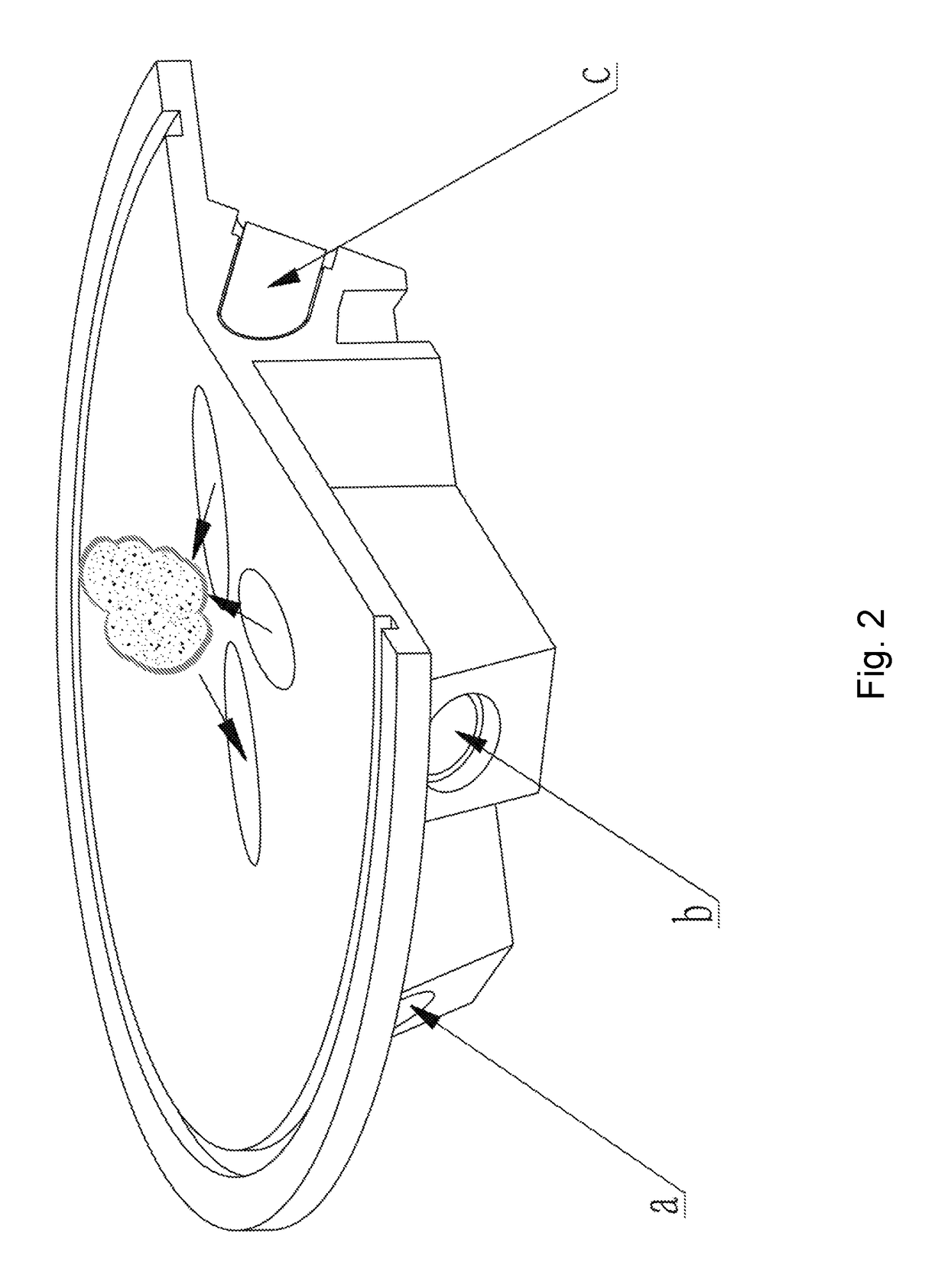Method of sensing aerosol characteristic parameter using dual-wavelength scattered signal and application thereof
a technology of scattered signal and characteristic parameter, applied in the field of detecting and sensing an aerosol, can solve the problems of affecting detection effectiveness, method cannot sense the surface area concentration of an aerosol, specific particle size value and surface area concentration cannot be sensed by using these methods, etc., to achieve the effect of improving the ability to identify and judge aerosols with various particle sizes and improving the precision of fire alarms
- Summary
- Abstract
- Description
- Claims
- Application Information
AI Technical Summary
Benefits of technology
Problems solved by technology
Method used
Image
Examples
embodiment 1
[0037]According to the present embodiment, a method of sensing aerosol characteristic parameters using dual-wavelength light scattered signals is applied to a fire smoke detection system as shown in FIG. 1. The system has two emission devices 1 and 2 with shorter wavelength (blue light) and longer wavelength (infrared light) respectively, a receiving device 3 of blue light and infrared light scattered light power, an electronic signal processing and controlling unit 4, and a particle surface area concentration, volume concentration and Sauter mean diameter output unit 5. An ultraviolet light or blue light source with wavelength of 280-490 nm is adopted to emit blue light, and an infrared light source with wavelength of 830-1,050 nm is adopted to emit infrared light.
[0038]The diagram of an optical configuration of the present embodiment is shown in FIG. 2, wherein a is a blue light and infrared light receiving diode, b is an infrared light emitting diode, and c is a blue light emitti...
PUM
| Property | Measurement | Unit |
|---|---|---|
| wavelength | aaaaa | aaaaa |
| wavelength | aaaaa | aaaaa |
| included angle | aaaaa | aaaaa |
Abstract
Description
Claims
Application Information
 Login to View More
Login to View More - R&D
- Intellectual Property
- Life Sciences
- Materials
- Tech Scout
- Unparalleled Data Quality
- Higher Quality Content
- 60% Fewer Hallucinations
Browse by: Latest US Patents, China's latest patents, Technical Efficacy Thesaurus, Application Domain, Technology Topic, Popular Technical Reports.
© 2025 PatSnap. All rights reserved.Legal|Privacy policy|Modern Slavery Act Transparency Statement|Sitemap|About US| Contact US: help@patsnap.com



